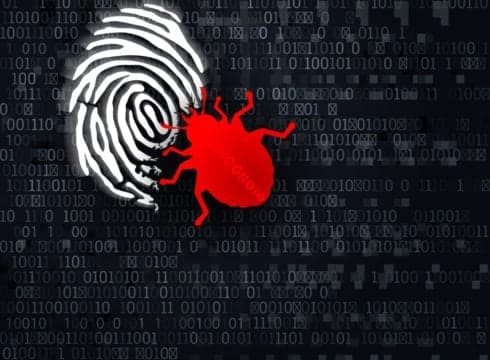Primarily, digital adoption is on the rise at a global level
The banking sector simply is comparatively an easy target for cyberattackers
The global cybersecurity industry is experiencing an acute shortage of cybersecurity professionals
Inc42 Daily Brief
Stay Ahead With Daily News & Analysis on India’s Tech & Startup Economy
Sensitive data and financial incentive are the two primary targets of any cyberattacker. So, it doesn’t come across as a surprise when cyber attackers target the banking players. The banking sector simply is comparatively an easy target. But why is it so?
The Great Banking Challenge
Primarily, digital adoption is on the rise at a global level. So, it is natural for the banking players to incorporate wide-ranging digital technologies in their across-the-board processes. Now, these embryonic technologies have a number of known and unknown vulnerabilities in them. Their inclusion directly increases the attack surface in the network.
Today, as cyberattacks continue to become dynamic and start exploiting cutting-edge technologies, it is becoming increasingly tough to detect, apprehend, and mitigate an attack. This is when the global average dwell time is going up every year. Dwell time is the time taken by any organization to internally or externally detect a breach.
This is when the global industry is witnessing the rise of disruptive attacks including ransomware and dormant AI-driven programs. Such attacks leave conventional cybersecurity procedures largely defunct.
This is still the tip of the iceberg. The global cybersecurity industry is experiencing an acute shortage of cybersecurity professionals. According to a recent study by ISSA and ESG, the cybersecurity skill shortage is worsening and about three-fourth of global organizations are now impacted because of it.
The in-house SOC of an organization – including that of a Financial Institution (FI) like a bank – is generally ill-prepared for modern cyberattacks. This is because a majority of professionals do not have experienced various cyberattacks, while others haven’t experienced it at all.
All cybersecurity talent is trained via ‘Baptism by Fire’, which turns out to be a highly inefficient process to equip the banking sector for the looming attacks.
So, what banks need is comprehensive cybersecurity.
How To Insulate The Banking Sector From Imminent Threats?
Today, the banking sector cannot rely on conventional cybersecurity tools and processes. It requires military-grade solutions with the perfect confluence of the right cybersecurity practices and training. Here are some of the approaches that forward-looking FIs are now adopting:
SOC 3D
SOC 3D is a distinctive incident response platform which has the potential to increase the capacity of a SOC by three times. It does it by automating repetitive, low-level threats and orchestrating multiple security tools in a single screen.
This helps the tier-2 and tier-3 analysts to focus on critical incidents. It further improves the investigation with the use of avant-garde technologies such as AI and Big Data and decreases the MTTR (Mean Time to Respond) by up to 90%.
Endpoint Detection And Response
Today, Machine Learning Algorithms are enabling banking institutions to go beyond AV and NGAV solutions by using AI technology to identify threats in real-time. It helps the in-house SOC to appropriately prioritize threats, filter false alarms, and drive automated threat hunt.
This empowers the team to work more efficiently by eliminating redundant tasks and addressing the critical incidents pre-emptively. Some of the sophisticated EDR solutions are even able to detect most evasive, unknown, and advanced attacks without depending on an external source or connectivity. So, they can technically function even in an air-gapped environment with no effect on detection.
Cybersecurity Training
FIs, much like other players beyond the financial sector, are also banking on simulated training of their in-house cybersecurity professionals. Cyber Range, the solution leveraged for the same, is proving to be a game-changer for the industry as it trains a cybersecurity resource much like pilot trains through a flight simulator.
In other words, it puts a cybersecurity team in a hyper-realistic environment by replicating real events in the organization’s network environment and with its existing tools and technologies. This is without putting the actual network indirect threat – much like the errors of a trainee pilot do not result in an actual air crash.
Later, it analyses the weak areas and strengthens them through drills and exercises. Organizations are also using the cyber range solution to evaluate their new recruits.
It is clear that as cyberattacks are becoming more sophisticated with time, so must the security solutions, protocols, and processes of global organizations. This is specifically true for the organizations operating within the banking industry since they are the most lucrative targets for the global cyber attacking community. Ultimately, it is a much prudential approach than merely acting as a sitting duck waiting to be hunted.
{{#name}}{{name}}{{/name}}{{^name}}-{{/name}}
{{#description}}{{description}}...{{/description}}{{^description}}-{{/description}}
Note: We at Inc42 take our ethics very seriously. More information about it can be found here.


